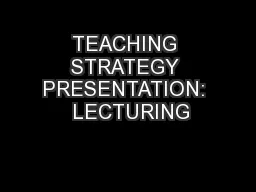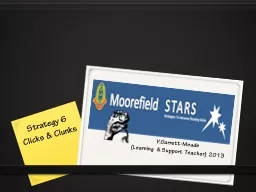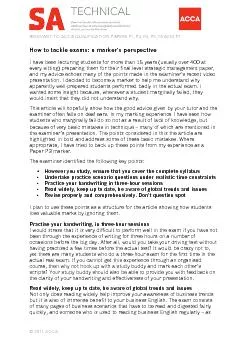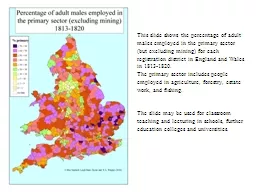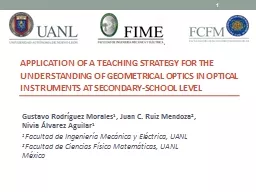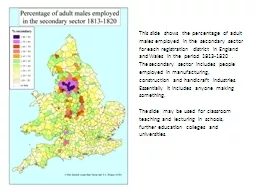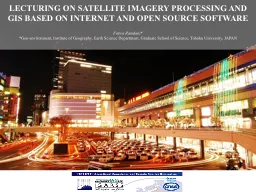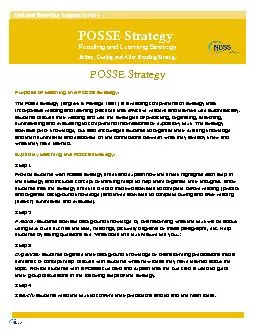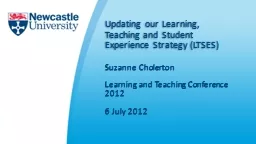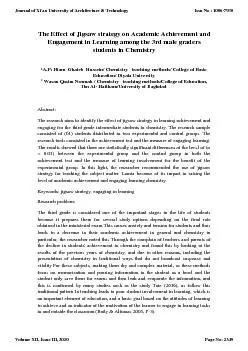PPT-TEACHING STRATEGY PRESENTATION: LECTURING
Author : ellena-manuel | Published Date : 2016-05-22
Jane David HIAD 7541 Issues and Trends in Teaching Adults Dr Philip Gould June 21 2010 Definition and Background Lecturing is the use of extended and formal explanations
Presentation Embed Code
Download Presentation
Download Presentation The PPT/PDF document "TEACHING STRATEGY PRESENTATION: LECTURI..." is the property of its rightful owner. Permission is granted to download and print the materials on this website for personal, non-commercial use only, and to display it on your personal computer provided you do not modify the materials and that you retain all copyright notices contained in the materials. By downloading content from our website, you accept the terms of this agreement.
TEACHING STRATEGY PRESENTATION: LECTURING: Transcript
Download Rules Of Document
"TEACHING STRATEGY PRESENTATION: LECTURING"The content belongs to its owner. You may download and print it for personal use, without modification, and keep all copyright notices. By downloading, you agree to these terms.
Related Documents

